Beauty in stone
- POSTED ON: 24 Jan, 2023
- TOTAL VIEWS: 152 Views
- POSTED BY: Rohini Ramakrishnan | Article by Madhuvanti S. Krishnan
- ARTICLE POINTS: 150 Points
Think of the Brhadeeswara temple in Tamil Nadu? Or the Bibi ka Maqbara in Aurangabad? Or the frescoes on the walls of the Badami Cave temples? All these are examples of the fabulous art and architecture from India’s past. On this National Tourism Day, here are eight such places that should be on a traveller’s must-see list.
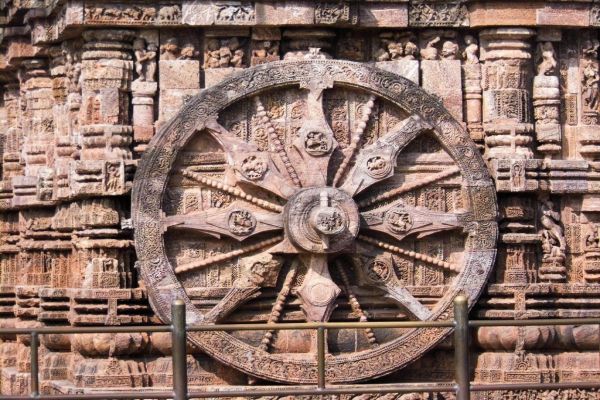
Sun Temple Konark, Odisha
Constructed in typical Kalinga architectural style, the temple is shaped like a gigantic chariot with carved stone wheel, pillars and walls and led by six enormously carved horses. It is famously known as Kaala Pagoda or Black Pagoda. The wheels of the temple are sundials which can be used to calculate time accurately to a minute. It was declared a UNESCO world heritage site in 1984.
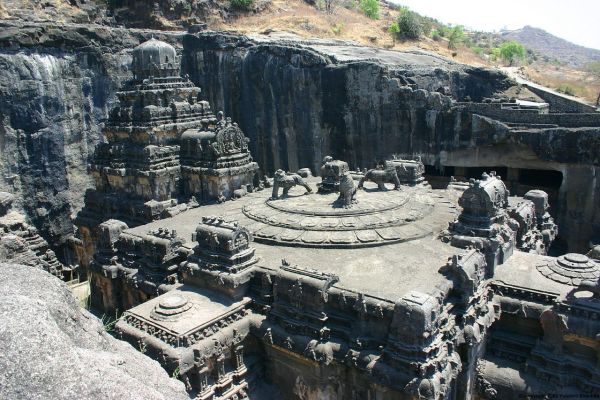
Ajanta and Ellora
The 30-odd rock-cut Buddhist cave temples at Ajanta (dating from second century BE to 480 CE) contain marvellous sculptures and paintings detailing incidents from the life of the Buddha and Jataka Tales. The Ellora Caves, which are near the Ajanta caves, have the largest rock-cut Hindu cave temples. This complex dates to between 600 and 1000 CE. In Cave 16, the Kailash temple is the world’s largest single monolithic rock excavation. The entire temple, carved from a single rock, is shaped like a chariot and dedicated to Lord Shiva. It also has sculptures of various Hindu deities and relief panels showing episodes from the Ramayana and the Mahabharata. Some of the caves in Ellora feature Buddhist and Jain iconography. Cave 10, called Vishwakarma’s Cave, features a chaitya and a 15-foot statue of the Buddha. This cave is also known as Carpenter’s Cave because the rock’s finish has the appearance of wooden beams.
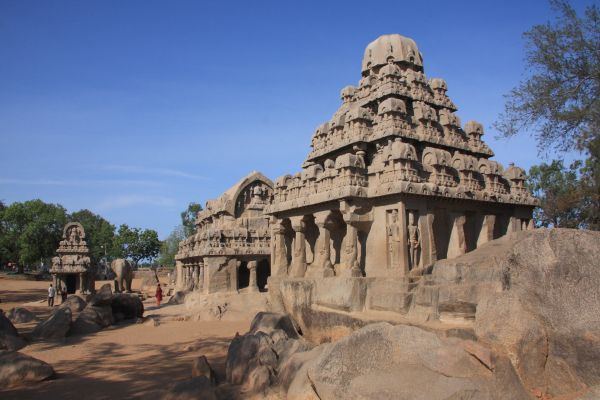
Mamallapuram
Also known as Mahabalipuram, this complex of temples and shrines is on the coast of the Bay of Bengal in Tamil Nadu. Built during the reign of the Pallava king Narasimhavarman II, Mamallapuram was a busy port town. The monuments date back to the 7-8th century CE, and the structure known as Arjuna’s Penance is one of the largest open-air rock reliefs in the world. Other important structures are the Pancha Rathas (five monolithic stone chariots); 10 cave temples dedicated to Varaha, Krishna, Mahishasuramardini, Dharmaraja and others; the Shore Temple built of granite and one of the oldest structural stone temples in South India and Tirukadalmallai, a temple dedicated to Lord Vishnu.
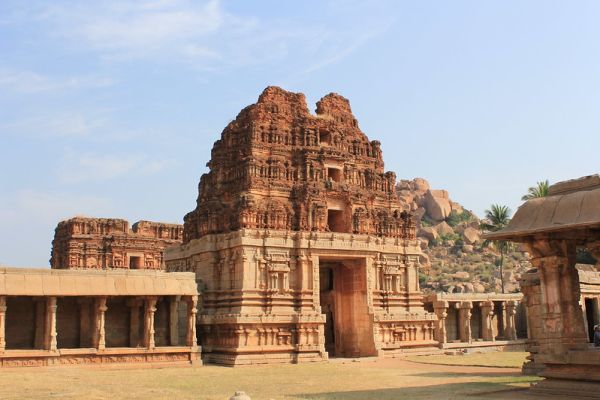
Hampi
Once the capital city of the Vijayanagara Empire, Hampi contains around 1,600 monuments. Of these are the Vittala temple, the Virupaksha temple and the Hazara Rama temple, all of which feature intricate sculptures and friezes. Apart from temples, the city features royal palaces, pillared halls, mandapas, forts and other structures. The Garuda temple in the form of a stone chariot in the Vittala temple complex is famous.
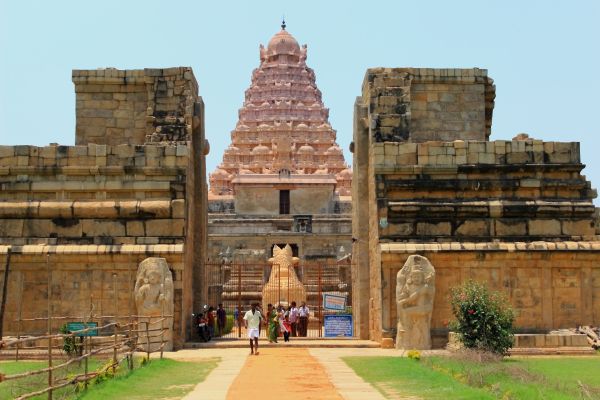
Gangaikondacholapuram
The capital city of Chola Emperor Rajendra I, the city was founded to commemorate the king’s victory of Bengal’s Pala kings. Apart from the remains of the royal palace, the site is famous for the temple of Gangaikondacholisvara. The lingam in the temple is made from a single rock and the bronze statues of Bhogasakti and Subramanya are considered masterpieces of Chola metal work.
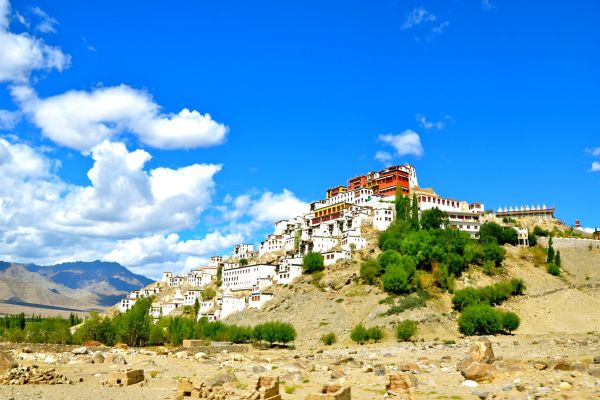
Thiksey Monastery
Located on a hill in Thiksey near Leh, Ladakh, this Buddhist monastery has four main buildings: the assembly hall, the shrine of the guardian deity, the Tara temple and the Maitreya temple. Of these, the oldest is the assembly hall where the monks gather to pray. A wall at the entrance is painted with murals of the Wheel of Life, which has images of a snake, a bird and a pig. These stand for ignorance, attachment and aversion, earthly ties that need to be overcome to gain enlightenment.
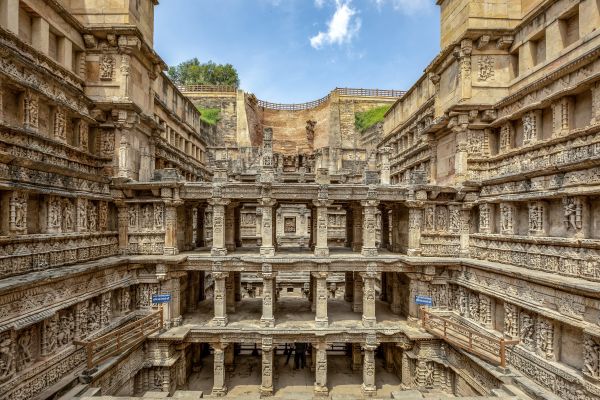
Rani ki Vav
“The Queen’s Stepwell”, on the banks of the River Saraswati in Patan, Gujarat, is one of the largest examples of stepwells in India. According to the Jain text, Prabandha Chintamani, it was constructed by Udayamati, wife of the 11th century Chalukya king Bhima I. Seven levels of stairs lead to the well and the walls, columns and niches at each level is filled with carvings, sculptures and relief work. Apart from gods, goddesses and divine beings, these also depict people going about their daily work, animals, birds and fish and vegetation. There are around 500 main sculptures and more than 1,000 smaller ones.
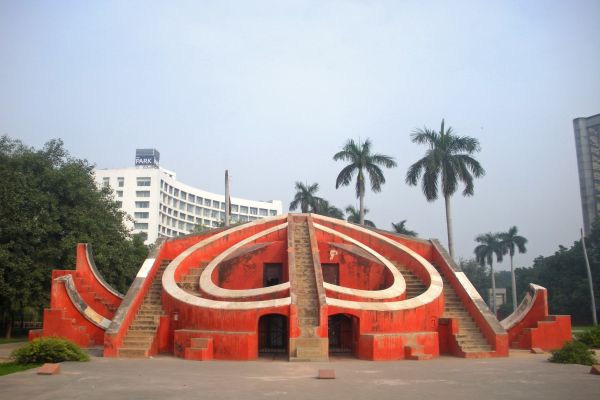
Jantar Mantar
This observatory housing a collection of 19 astronomical instruments was built by Raja Jai Singh II of Jaipur. These instruments allow astronomical positions to be observed with the naked eye. The complex houses the world’s biggest sun dial. The instruments were used to measure time, predict eclipse, track location of stars among others.
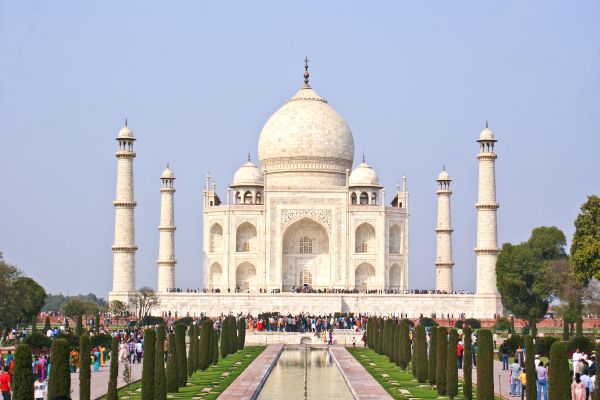
Taj Mahal
This marble mausoleum on the banks
Based on what you have read, identify the monuments and match them with their names.